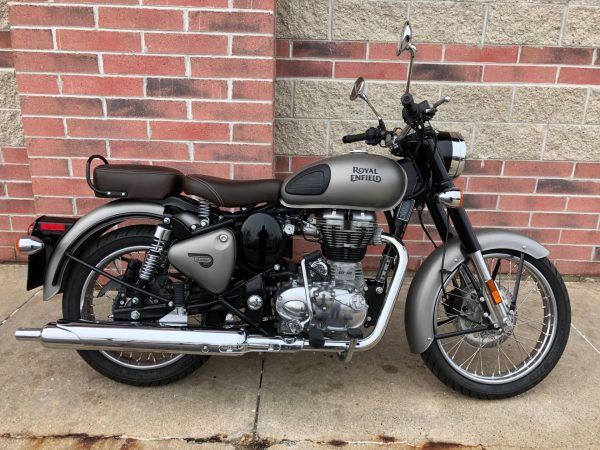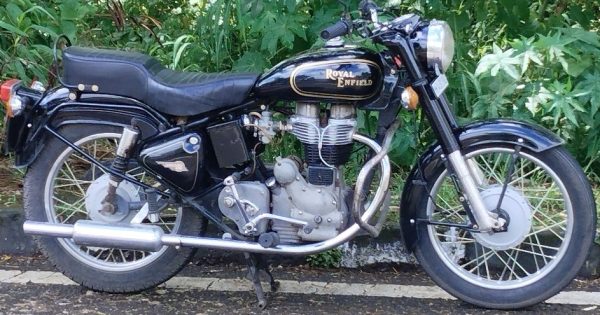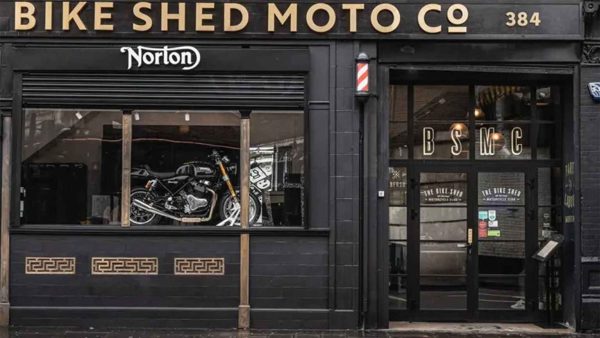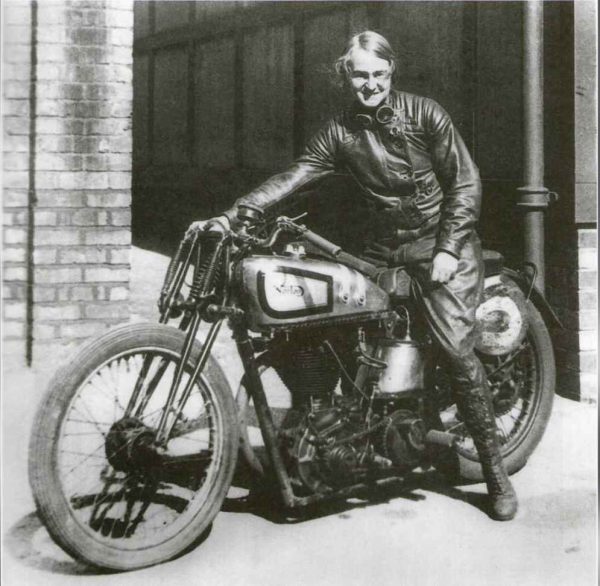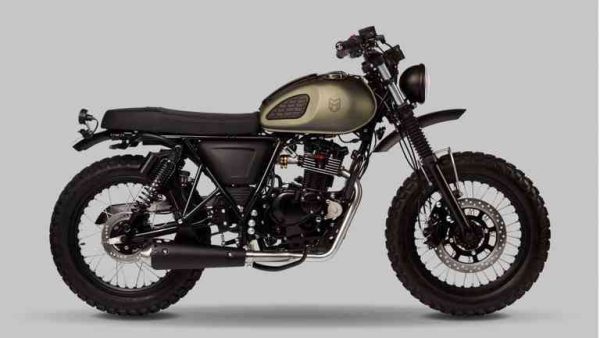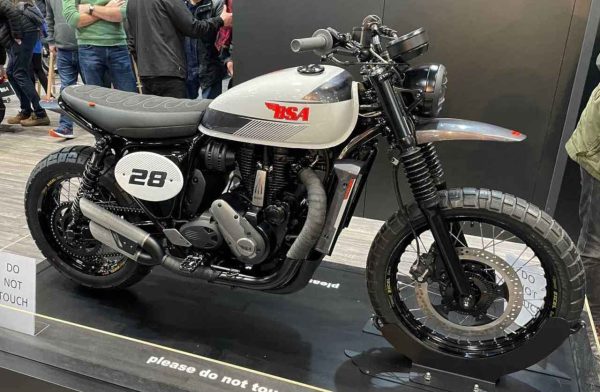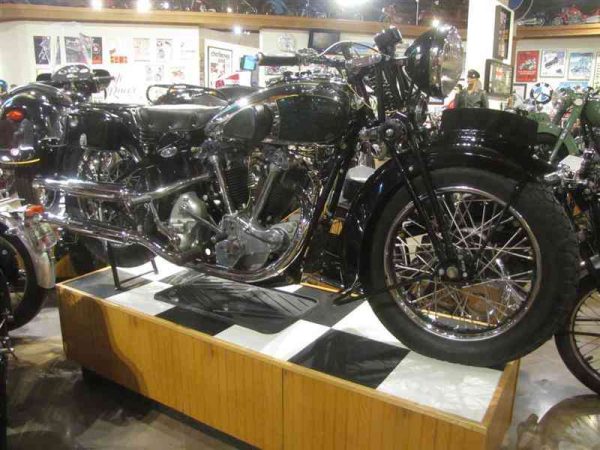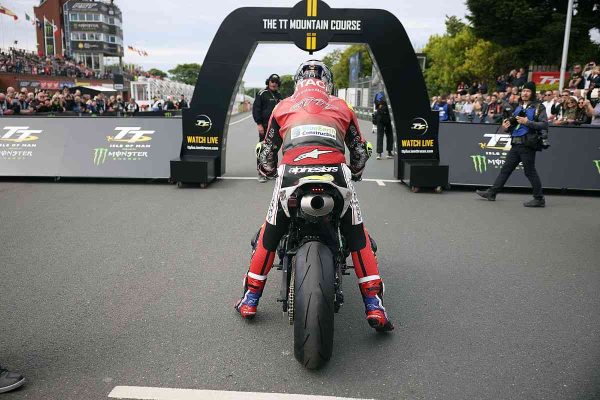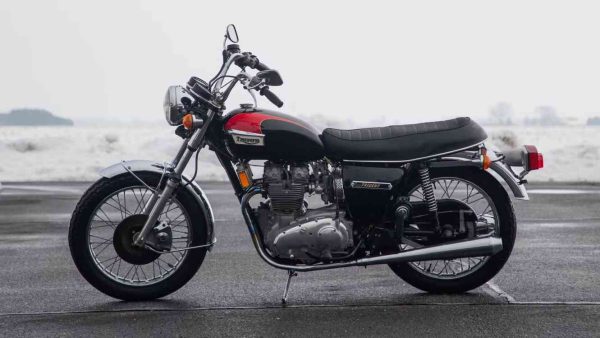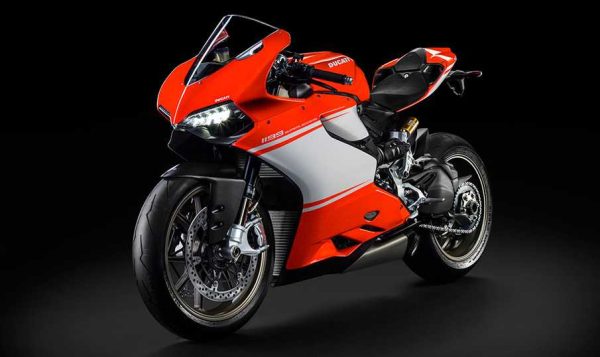Aprilia to compete with Enfields?
There might be an Aprilia model to compete with Royal Enfield Classic 350 which is a top-selling model in its class since launch. A new test mule has been spotted in Europe and it has a similar engine casing as the RS 457. It also features old-school styling and body parts that indicates that the world is finally noticing the timeless appeal (and profits) of Enfield models which have built a nice empire in mid-capacity motorcycles for over a decade now. A new retro-styled test bike is getting testes around Europe which on close scrutiny of spied photos suggests it is an Aprilia. Multiple aspects convince eager enthusiasts to claim it is an upcoming Aprilia motorcycle. Engine casing visible on the right hand side is similar to the RS 457’s unit. This test model’s motor appears to be larger in the images. It has a larger exhaust also. But there are many features giving it an appearance of RS 457. However, the design is not very impressive so this would have to be a very early prototype. The aesthetics of its headlight, tank shrouds, and the tail section, seem as if they were all assembled by a local garage shop. A retrofitted model is not exactly a test mule so the mystery is intriguing indeed. RS 457 uses a 457cc, twin-cylinder, liquid-cooled engine with 47.6bhp and 43.5Nm linked to a six-speed gearbox. It has a slipper clutch. Aprilia may carry these forward with different tuning. A slim USD front forks, dual rear shocks, and single disc at both ends are possible indications as well. Its alloy wheels and TVS tyres seem to be borrowed from the RS. It could take any amount of time before Aprilia debuts this retro-styled motorcycle in production form. The current iteration of RS 457 has […]
Aprilia to compete with Enfields? Read More »

